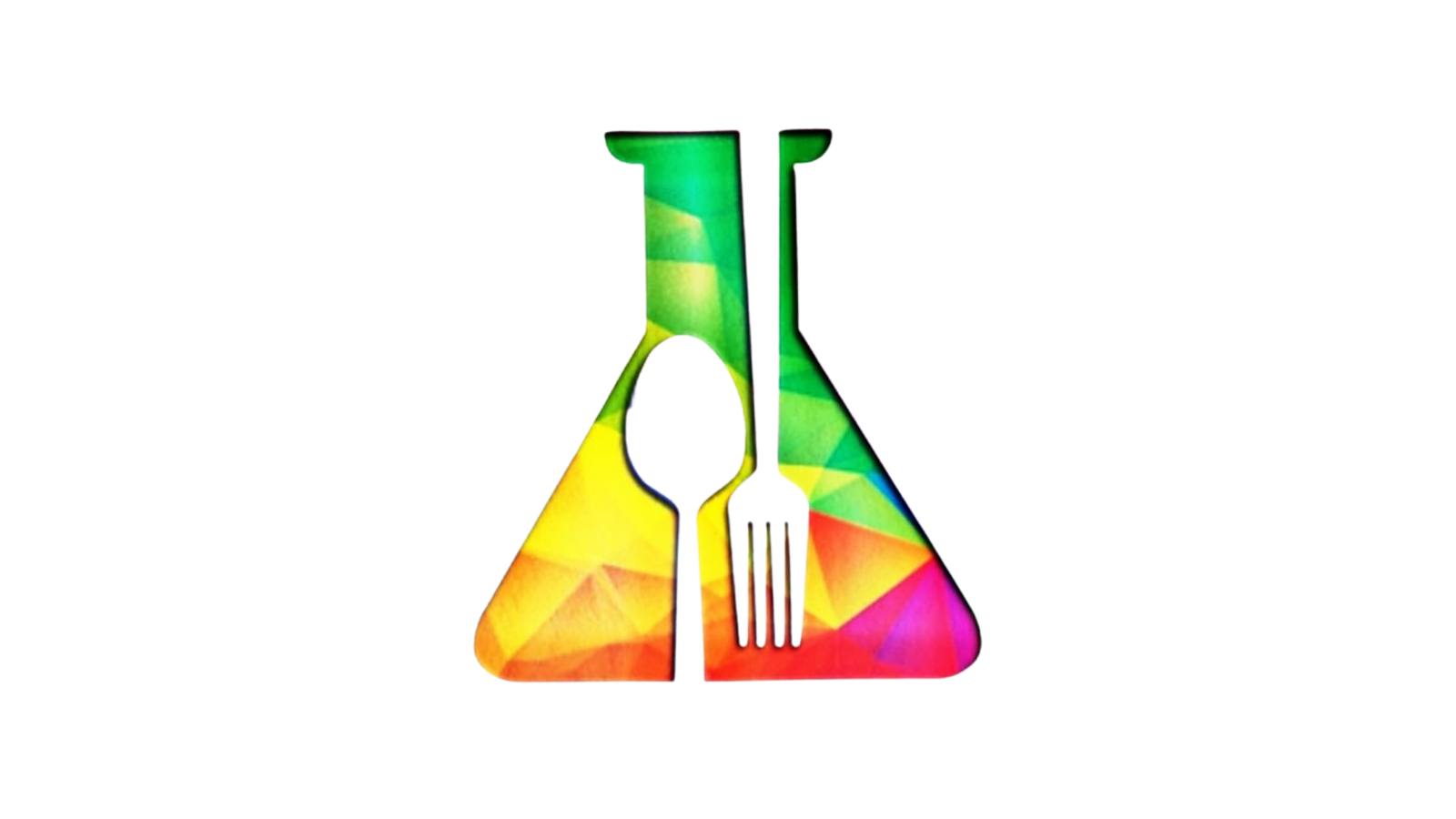Q. Quick freezing of food produces what type of ice crystals
- Large
- Small
- Both a and b
- None of the above
Answer: b)
Rapid freezing improves the quality of the food. The faster food freezes, the smaller the crystals that form. Small crystals do less damage to cell walls. Slow freezing produces large ice crystals that punch through cell membranes. As a result, when foods with large ice crystals thaw, there is more dripping and loss of liquid. Small crystals are unstable and over time grow to form larger crystals.
This is especially noticeable in the freeze-thaw cycle in frost-free freezers. During the defrosting period, the food thaws slightly allowing ice crystals to grow and rupture more cells when they refreeze. Opening the freezer door also allows heat to enter the freezer and repeat this freeze thaw cycle. A chest type freezer may be better in reducing heat loss from opening the door because warm air rises.
Q. Which foods are often preserved using bottling
- dairy foods
- meat
- fruits and vegetables
- Breads and grains
Answer: c)
Bottling and canning food involves cooking fruits or vegetables, sealing them in sterile cans or jars, and boiling the containers to kill or weaken any remaining bacteria as a form of pasteurization. Various foods have varying degrees of natural protection against spoilage and may require that the final step occur in a pressure cooker. High-acid fruits like strawberries require no preservatives to can and only a short boiling cycle, whereas marginal fruits such as tomatoes require longer boiling and addition of other acidic elements. Many vegetables require pressure canning. Food preserved by canning or bottling is at immediate risk of spoilage once the can or bottle has been opened.
Q. Which of the following ingredients will change the PH level of a food product
- Basil
- Salt
- Vinegar
- Oyster sauce
Answer: c)
Yes, you can increase the degree of acidity of your food product by adding more acidic ingredients, for example, more tomato if it already has it on the recipe or by adding vinegar or lemon. Although in addition to acidity you will also add flavor, so it is only recommended in those cases in which this ingredient is part of the ready meal already or they do not alter its flavor especially.
The main function of lowering the pH of your preserve and, therefore, increasing its acidity, is to improve its preservation and/or allow a gentler and less aggressive heat treatment.
Q. Foods can have their PH modified by fermentation
- True
- False
Answer: a)
Fermentation lowers the pH of foods by increasing the level of lactic acid present in them, which makes them safe for consumption. Vinegars or other weak acids (such as lemon juice) are sometimes added during the process of fermentation to make sure that the food’s pH is kept at safe levels.
Q. The removal of what gas can preserve food
- Carbon Dioxide
- Nitrogen
- Oxygen
- All of the above
Answer: c)
Nitrogen, Oxygen, and Carbon Dioxide are being used either alone or as a mixture to extend the shelf life and prevent molecular breakdown of a wide variety of foods. Gases can help prevent discoloration and provides an added barrier against spoilage of fresh produce, raw meats, poultry, fish, packaged bakery, snack foods, chips, crackers, etc. The process of using gasses to naturally preserve foods is called MAP, Modified Atmosphere Processing. The type of gas and or mixture depends on the food that needs to be preserved. MAP involves changing the atmosphere inside a container that the food is packaged in, replacing it with a gas mixture of Nitrogen, Oxygen and Carbon Dioxide. The goal is to maintain the new atmosphere at a level that will allow the food to thrive for a longer period. In most cases oxygen is being replaced with a mixture of gases because Oxygen is the main culprit in food breaking down and spoiling. Carbon Dioxide is most commonly used to prevent the growth of mold and bacteria and is used to achieve the longer shelf life. The balance of how much Carbon Dioxide, Nitrogen and Oxygen to leave in a package is a unique recipe that should be customized according to the products being preserved.
Food and beverage products use gas flushing not only to delay oxidation and prevent spoilage but to help maintain package conformity as well.
Q. Sugar and salt are examples of preservatives
- True
- False
Answer: a)
Q. Smoked food uses two food preservation methods. They are
- Modifying moisture levels, Temperature
- Addition of Chemicals, Temperature
- Modifying moisture levels, Addition of Chemicals
- None of the above
Answer: c)
At the salt concentration attained during brining or salting, inhibition of growth of most of these microorganisms is achieved without making the product unpleasantly salty to taste. Brining reduces the microbial load by as much as 85–90% and it provides a surface gloss after smoking, in addition to serving as a condiment, thus improving the desirability of the product. Brining and curing also withdraw moisture that otherwise would be available for microbial growth. Brine strength is regularly checked using a brineometer and old brines are discarded at intervals; otherwise the microbiological quality of the product may be affected. As brines continue to be used, bacterial contamination builds up in them; this may increase the load on good-quality raw food entering the brine. In addition, reduction in brine strength results from either drip water from the subsequent flesh dips or absorption of salt. All these act on the effectiveness of the preservation process and must be prevented. After brining, the flesh food is drained and allowed to dry.
Drying is done in chill rooms in industrial setups and can go on for several hours; with traditional processors in developing tropical countries, drying fish is achieved within 1–2 h in a sunny, windy atmosphere. This step dries the surface water of the fish, leaving a firm skin barrier against entry of microorganisms, which is also suitable for smoke deposition. On the other hand, it exposes the fish to microbial contaminants. Fish sizes above 1.5–2 kg are usually sliced vertically across their lengths into cuts before smoking. This gives more surface areas for brining, drying, and smoke deposition and offers better preserved portions of large fish that ordinarily would take longer to process and smoke effectively.
The process of smoking requires arranging the food on racks or trolleys with separate smoking compartments from the fire chamber. Arrangement of the food is done in a manner to ensure that all surfaces are exposed but not piled on top of each other so as to hasten drying from the heat of combustion and for smoke deposition. The wood is allowed to burn, producing smoke, but not allowed to burst into flame. This ensures a moderately low but steady heat that is allowed to rise within the first hour. The heat generated causes the food temperature to rise up to 55–80 °C with the traditional uncontrolled system and sometimes up to 120 °C for meat.
For the more advanced techniques of smoking using the Torry kilns where smoke-influential parameters are controlled, cold smoking is done at about 30 °C for about 2 h while hot smoking is done at temperatures of 70–80 °C for 2–3 h after initial holding at 50 °C for 30 min. At these temperatures most saprophytic, non-spore-forming microorganisms are killed. The food is thus pasteurized. Moreover, enzymatic activities are usually halted at about 60 °C, preventing activity of the endogenous enzymes of the food. Furthermore, the smoke generated in the process deposits its constituents on food surfaces as efforts are made to trap the smoke in the kiln to prevent its escape.
The formaldehyde and phenols convert the brine-solubilized protein on the food surface into a coagulated, smooth, resinous pellicle on which other smoke constituents such as tars, aldehydes, alcohols, ketones, acidic compounds, and phenols are deposited. These together serve as reinforcement of the food surface against development of microorganisms, thus helping to preserve the food. The phenols in their capacity as antioxidants also prevent oxidative rancidity, which is a common spoilage feature of fatty foods.
Q. What role does ascorbic acid play in food preservation
- Prevents the growth of yeasts and moulds
- Prevents bacterial growth
- Prevents browning in unprocessed fruit
- Prevents deterioration of flavour in lipids
Answer: c)
Ascorbic acid is an excellent food preserving agent because it helps maintain the natural color of certain foods, especially fruits, vegetables and even meats that turn brown when cut open and exposed to oxygen. Ascorbic acid has a bitter, acidic flavor. Ascorbic acid, mixed with water, helps prevent browning.
Q. Enzymes responsible for browning are destroyed by freezing
- True
- False
Answer: b)
Sulfites form inactive complexes with enzymes or combine with breakdown products to form stable complexes, thus inhibiting enzyme-induced formation of abnormal colors in fruits and vegetables during processing and storage. Sulfite dips are used to control discoloration due to enzymic browning in frozen stored fruits and vegetables, as food enzymes are not destroyed by freezing.
Q. Foods with a high moisture content can be damaged by freezing
- True
- False
Answer: a)
Foods with high moisture content can be damaged by freezing.
🔔👥 WhatsApp – Join our groups for regular updates (Jobs, News, Training etc) If you are already in our groups, please don’t join. All Groups are same.
🔬👩🎓 Join Food safety Training Programs (Online & Offline both available)






Comments